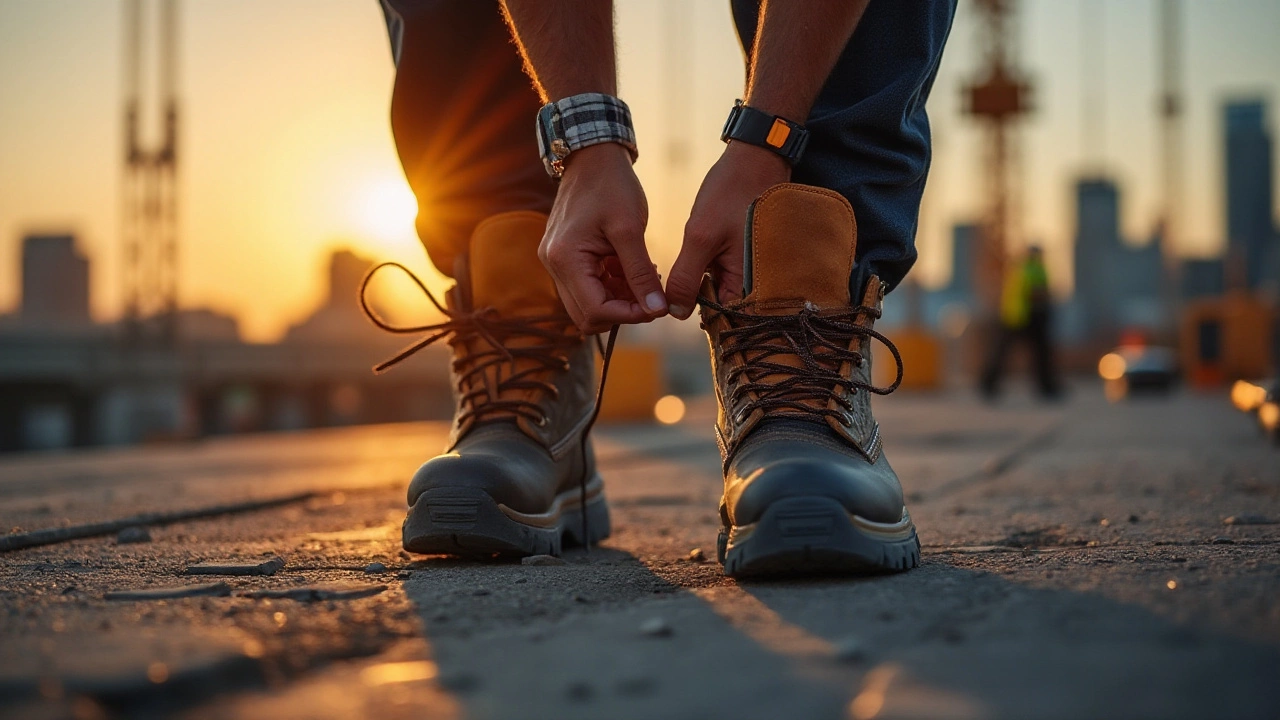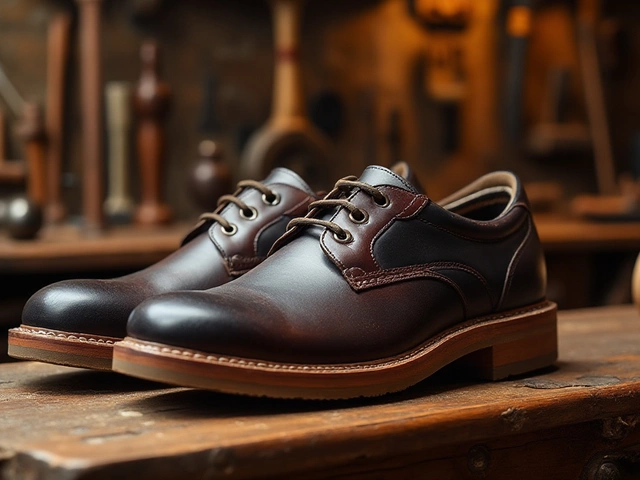Protective Shoes: Stay Safe and Comfortable All Day
If you spend time on a job site, in a kitchen, or even walking on a wet floor, the right shoes can stop a lot of problems before they start. Protective shoes aren’t just a rule at work – they’re a simple way to keep your feet from bruises, cuts, slips, and long‑term aches. Below you’ll see what actually makes a shoe protective, how to pick the perfect pair, and a few tricks to keep them lasting longer.
What Makes a Shoe Protective?
First, look for a safety toe. This is the hard cap that sits over the front of the shoe and saves your toes if something heavy drops on them. It can be steel, aluminum, or composite – composite is lighter and doesn’t rust, which many people like.
Second, check the sole. Slip‑resistant rubber or textured patterns give you grip on wet, oily, or uneven surfaces. Some soles also have puncture‑proof plates underneath to block nails or sharp objects from getting through.
Third, consider waterproofing or water resistance. If you work in rain, snow, or near liquids, a sealed upper keeps your feet dry and reduces the chance of blisters.
Finally, think about comfort features. Cushioned midsoles, breathable linings, and good arch support mean you can wear the shoes for eight or more hours without sore feet. All these parts work together to turn a normal shoe into a protective one.
How to Choose the Right Pair
Start with the job. A construction site needs a steel toe, puncture‑proof sole, and strong ankle support. A kitchen or restaurant benefits most from a slip‑resistant sole and a light, breathable design. If you’re just looking for everyday safety, a composite toe with a flexible sole often feels less bulky.
Fit is next. Walk around the store, or try them on at home with the socks you’ll actually wear. Your heel should stay snug, and there should be about a thumb’s width of space in front of your toes. Too tight and you’ll get pressure points; too loose and you lose the protective benefits.
Material matters too. Leather gives durability but can be heavy. Synthetic meshes are lighter and dry faster, but they may wear quicker in rugged jobs. Choose the one that matches how rough your day will be.
Don’t forget size. Some brands run a half size bigger or smaller, so always double‑check the brand’s size chart. If you’re between sizes, go slightly larger and add an insole for extra support.
Lastly, think about style. Protective shoes come in low‑top, mid‑top, and even boot styles. Pick the look you’re comfortable with, because you’re more likely to wear them correctly if you like how they look.
When you find a pair that checks the safety boxes, feels good, and fits the way you need, you’ve got the right protective shoes for you.
To keep them working, clean off mud and oil after each shift, let them air dry, and check the soles for wear. A quick inspection each week can spot problems before they become dangerous.

Understanding OSHA Approved Work Footwear for Safety and Comfort
OSHA approved footwear is essential in various workplaces to ensure safety and compliance. These shoes are designed to protect workers from hazards like falling objects, punctures, and electrical risks. It's crucial for employers and employees to understand the requirements and benefits of OSHA compliant footwear. Choosing the right safety shoes can prevent workplace injuries and enhance both safety and comfort on the job. This guide explores what makes footwear OSHA approved and offers practical insights on selecting the right pair for your needs.




